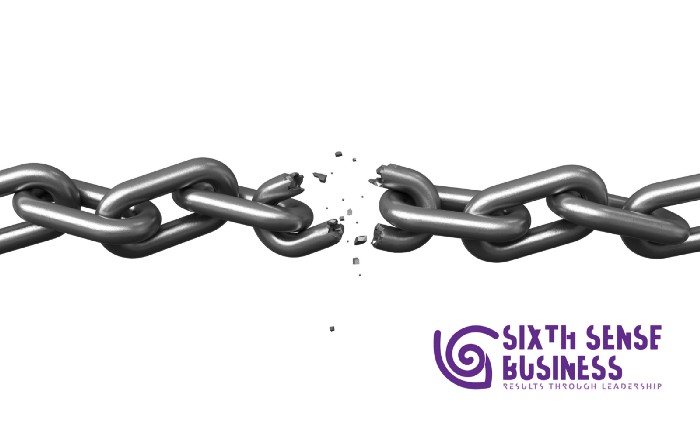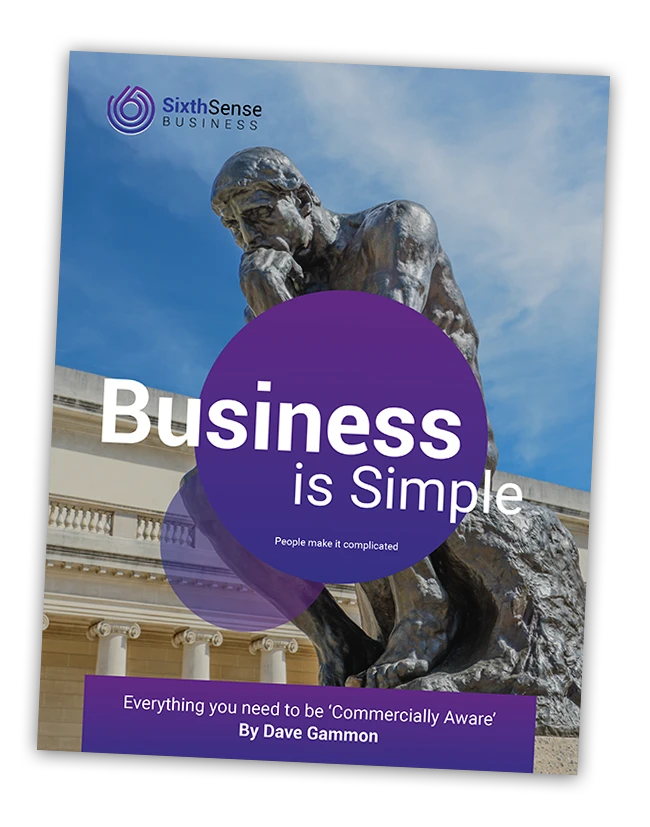
Every business I work with has at least one SPOF. And, as a Risk Management Director, I’ve spent a chunk of my life considering their potential business impact; they’re both a blessing and a curse. They are your Single Points of Failure.
SPOFs can take the form of systems, machinery or the subject of today’s blog; humans.
Most SME’s run ‘resource light’.
Business owners often encounter significant mental resistance when thinking about recruiting additional people, as they feel the weight of the overhead and the risk of not getting the recruitment right.
As a result, some individuals become critical to the business. These SPOFs tend to exist in functional areas with a skill set specific to your customers, products or operation, that is not easily replaced.
SPOFs can exist at any level within the company.
At British Gas, we were dangerously reliant on one IT contractor. He was the only person who understood a newly implemented system, and needless to say, he earned an excellent daily rate with us.
These individuals leave you with a constant underlying worry about what you would do if they were no longer there and how much trouble you’d be in. If the SPOF is aware of this, they can hold you to ransom, consciously or unconsciously, by reinforcing their importance and cloaking their role in mystery.
They become a black box.
A black box is a point in the company where there are inputs and outputs. But you have no idea what happens with what goes in to create what comes out. In a perfect world, there wouldn’t be any black boxes in a company, but the world is rarely perfect.
SPOF holidays and sick leave also present challenges to a growing company. Senior management either needs to cover the SPOFs role or the work won’t get done in their absence.
A SPOF is a structural weakness in your company. But they are also a choice because actions to eliminate or mitigate SPOF’s are a commercial decision – you aren’t powerless to act on them.
Dealing with a human SPOF.
A friend who served in the special forces says, “Two is one, and one is none”. It relates to battlefield weaponry, where a soldier is no good if their only weapon malfunctions, so they need two.
The commercial world isn’t so black and white. Eliminating the SPOF through additional recruitment must be considered in the context of the company’s overall profitability and priorities. Spending time and money managing a potential risk is choosing to spend money today to address something that might, or might not, happen tomorrow.
To reduce risk, you need to understand what the person does and how they do it.
When the detail of what the person does is written down and understood, the best option(s) for moving forward will show up. The devil is in the detail.
One of my client’s Operations Managers is a SPOF. He is constantly interrupted and asked how individual products and orders should be priced for particular customers. He is time-served in the business and appears to have a Jedi-like ability to solve pricing problems.
In reality, he is considering a handful of simple parameters and reaching his best guess, given the data he has available to him. Once these parameters and rules are understood, it’s not a massive task to train or coach other people to do it.
Even when someone’s role appears to be a mystery, they have learned it over time using a set of internalised patterns, rule and responses.
Uncovering rules and practices are critical to moving beyond a SPOF.
From a position of understanding, you are well placed to decide whether you need to
· Recruit someone
· Systemise the process, then train and coach it so that others can do it or
· Outsource or automate
The challenge to resolving SPOFs is resistance from the person.
Being a SPOF rewards the individual with a level of security and status. Therefore, it is perfectly natural for them to push back. The exercise of discovering how and what they do needs to be positioned to align the companies need for consistency and stability with the individuals need for security and status.
Allowing individuals to see how they benefit from the exercise will enable them to commit to sharing the intricacies of their role. In turn, this knowledge enables you to develop pragmatic and commercial solutions to challenge.
It is likely to take time to fully understand and mitigate the single points of failure in your company, as they are shifting and changing all the time. It’s one of those things that can easily slip down the priority list.
Ultimately, if you want a company capable of consistent customer service, continued growth, optimised profitability, and ease of operation, you need to tackle single points of failure head-on.
